Congratulations on your engagement! As you plan your dream wedding, it’s important to consider every detail, especially when it comes to picking the vendor responsible for preserving your memories. One key aspect often overlooked is low-light photography. Whether your celebration is under the stars or in a cozy venue, understanding what to look for in low-light photography can make all the difference in preserving those magical moments.
What Situations Call for Low-Light Photography?
Low-light photography can be necessary in a variety of situations. The most common are:
- Getting Ready Suites- especially ones designed for grooms
- Churches
- Venues with little to no natural light
- Nighttime receptions, indoor and outdoor
- Dimly-lit dance floors
- Late-night wedding exits
If your wedding will feature any of the above, it’s critical that your photographer can handle any lighting situations they may face! This might feel like a daunting task to decipher if you don’t have technical knowledge when it comes to photography, but I’m glad to help break it down.
What to Look For
Style
Different photographers have varying styles when it comes to low-light situations. Some specialize in a bright and airy look, while others embrace a more moody or cinematic feel. For bright and airy photographers, your photos will be on the brighter side with some ambient light still present. Your images likely will not be heavily contrasted. For moody/cinematic photography, the style may lean into the ambient lighting more, and you’ll have more contrast and a darker feel. We fall in between these two categories, delivering images that have some ambient light and are moderately contrasted, with an emphasis on color. Photographers with knowledge of low-light photography should be able to maintain a consistent style throughout your gallery, regardless of the venue’s lighting conditions. Take a peek at their portfolio to see which style resonates with your vision for the day. The best way to do this is to look at galleries or blog posts with photos taken at your venue, given that you’re already familiar with what it truly looks like on the inside.
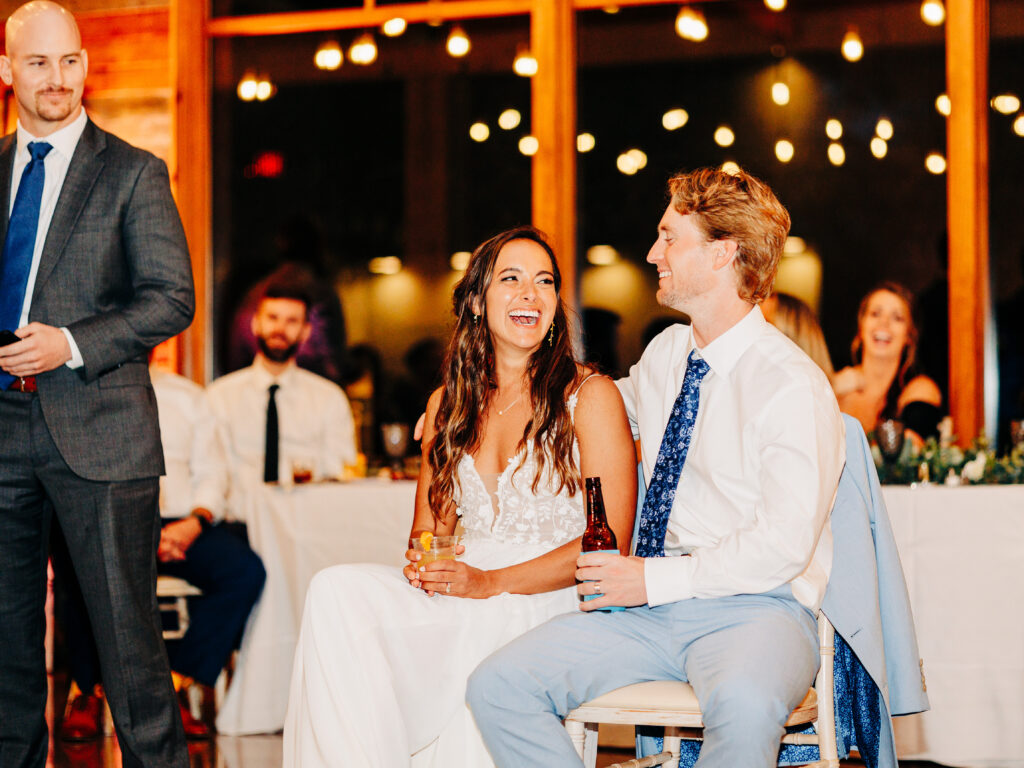
Experience and Expertise
Opt for a photographer with experience in low-light conditions. Ask to see samples from past weddings held in the evening or in dimly lit venues. A seasoned photographer will know how to work with available light, creating stunning images without overpowering the ambiance.
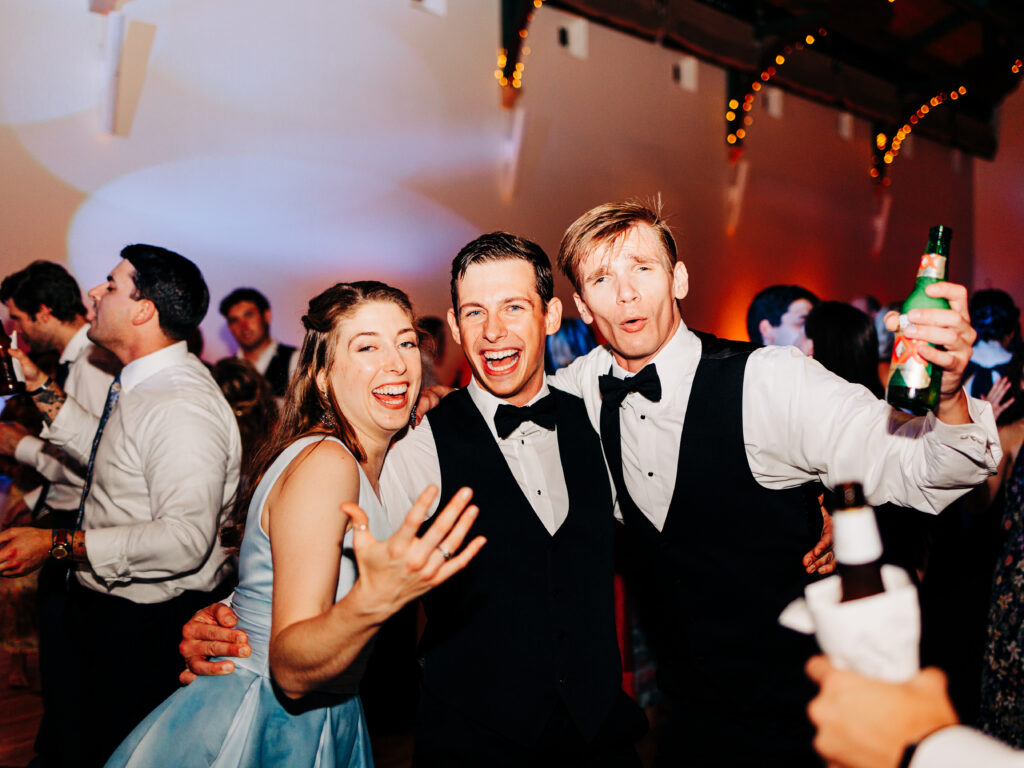
Equipment Check
A good low-light photographer comes equipped with the right gear. Without delving into technicalities, just make sure they mention having cameras with good low-light performance and lenses that let in a lot of light. This ensures your photos won’t turn out too grainy or too dark. Most professional photographers have high-quality equipment, so I would only stress about this if you’re considering an amateur photographer.
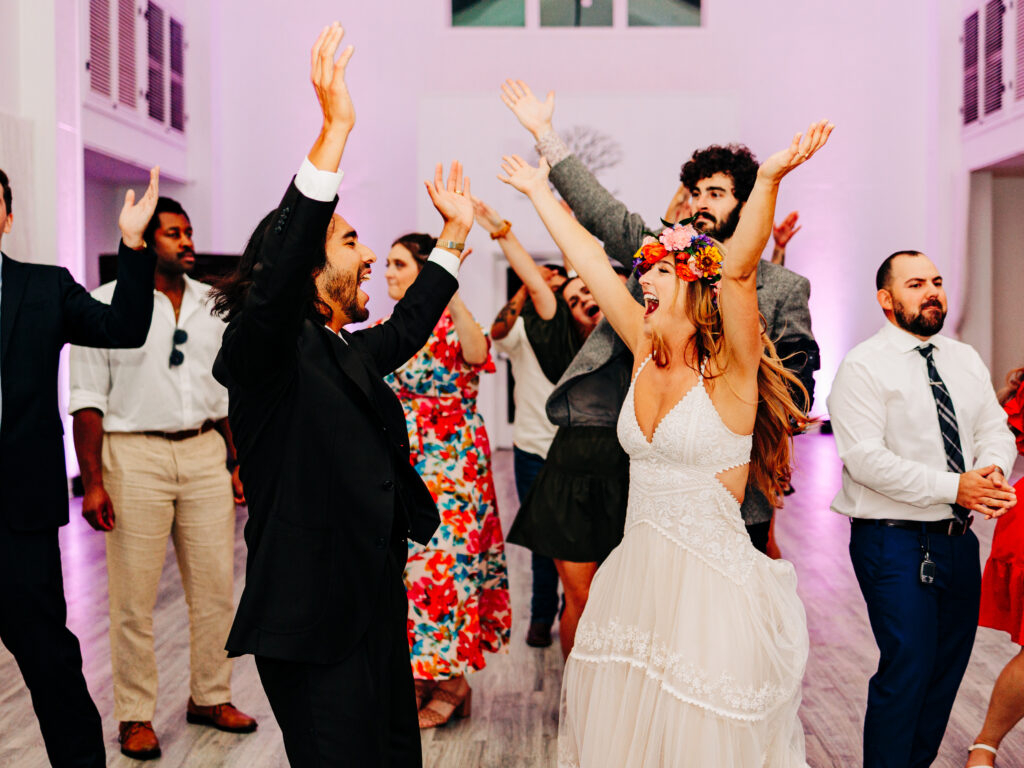
Natural Lighting vs. Artificial Lighting
Discuss how the photographer plans to handle lighting. Some photographers prefer to use natural light, while others incorporate artificial lighting techniques, such as on-camera flash or off-camera flash. All approaches have their merits, and it often depends on the venue and the photographer’s preferences. If your photographer does use artifical lighting, be sure that you like how they use it, as there are numerous approaches to utilizing flash. For example, direct flash (when the photographer points their flash directly at their subject) is trendy right now, but some couples don’t like the look of it. We personally prefer the technique of bouncing our on-camera flash, but may utilize other techniques depending on the venue and circumstance.
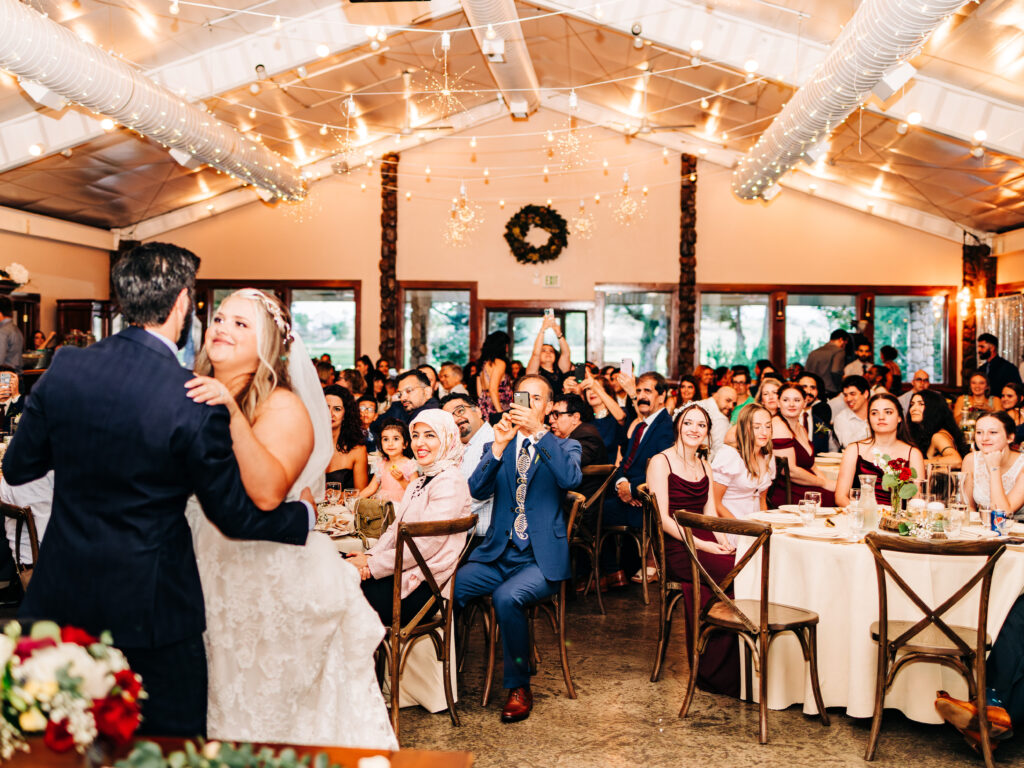
Look for Artistic Decisions
With all of the movement and ambient lighting, receptions are essentially a wedding photographer’s playground. There are many different artistic techniques photographers may use to add an extra sprinkle of ~pizzaz~ to their galleries. Be sure to take note of these artistic choices, and consider your thoughts on them as you make your decision.
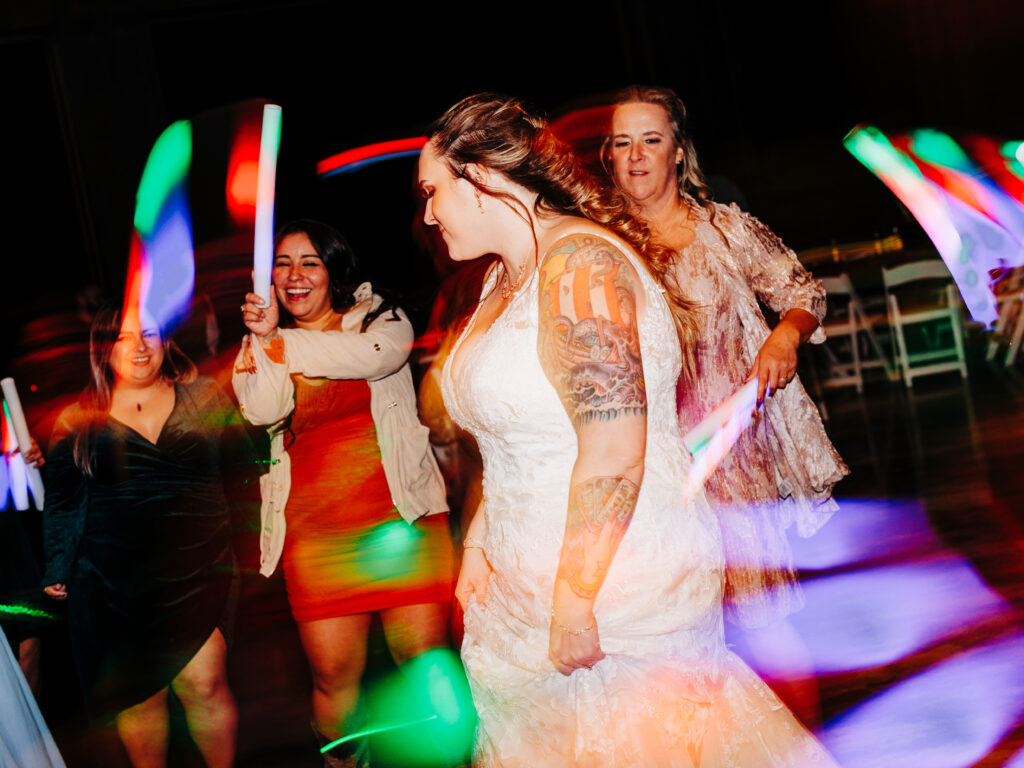
Communication is Key
Ensure open communication with your photographer. Talk about your venue’s lighting conditions and any special moments you want to be captured before you make it official- this gives them the opportunity to let you know if they can accomodate your wishes. A great photographer will listen to your concerns and work with you to create a plan, and an even better photographer will know their limits!
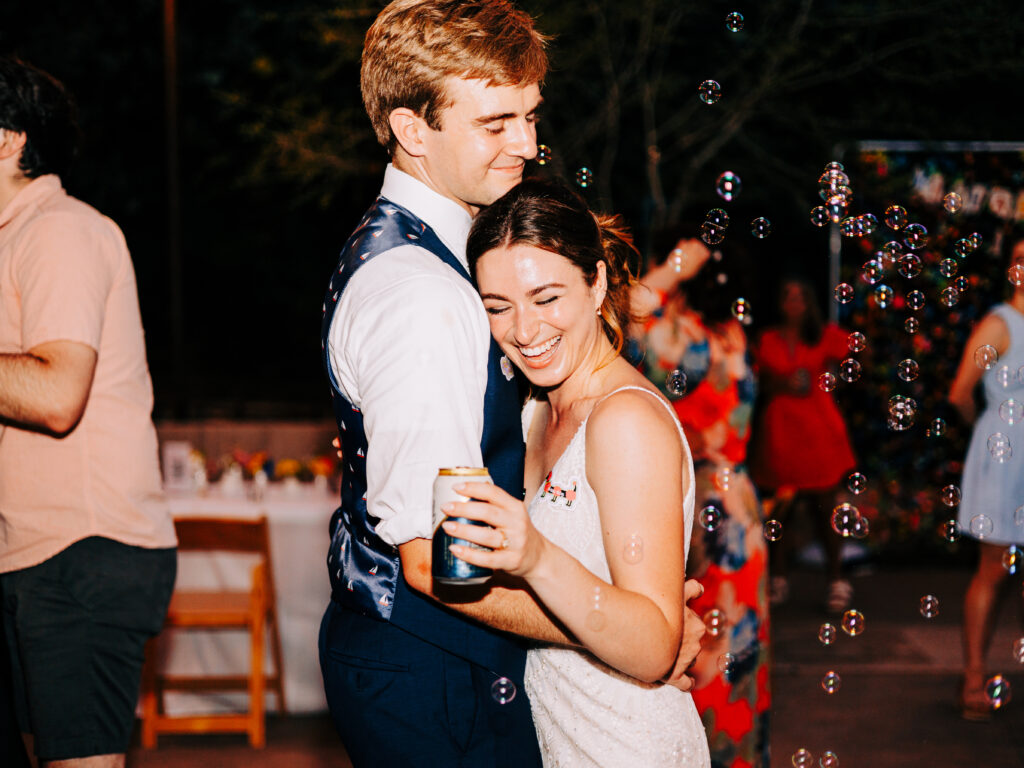
As you embark on this exciting journey, keep in mind that finding the right photographer for your low-light wedding is about aligning styles, understanding their expertise, and fostering clear communication. By choosing a photographer who excels in low-light situations, you’ll ensure that every magical moment of your special day is beautifully preserved. Happy planning!
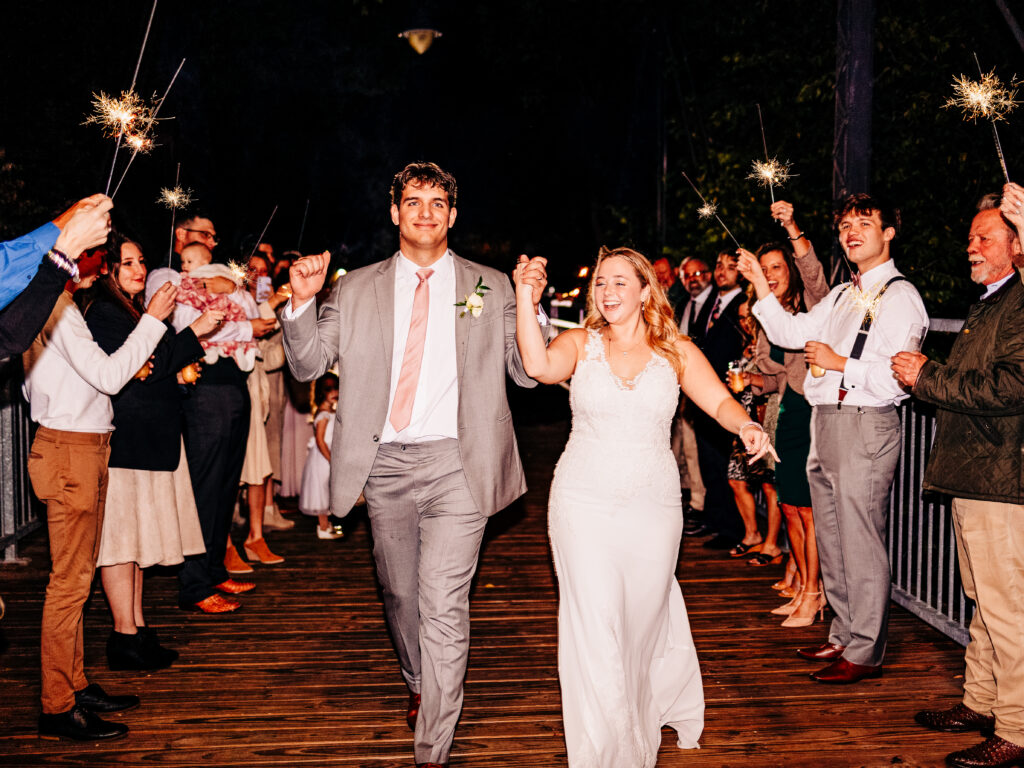
- Taken while shooting for Jeanette Sorianello ↩︎
- Taken while shooting for Jeanette Sorianello ↩︎
- Taken while shooting for Elisa Lopez ↩︎
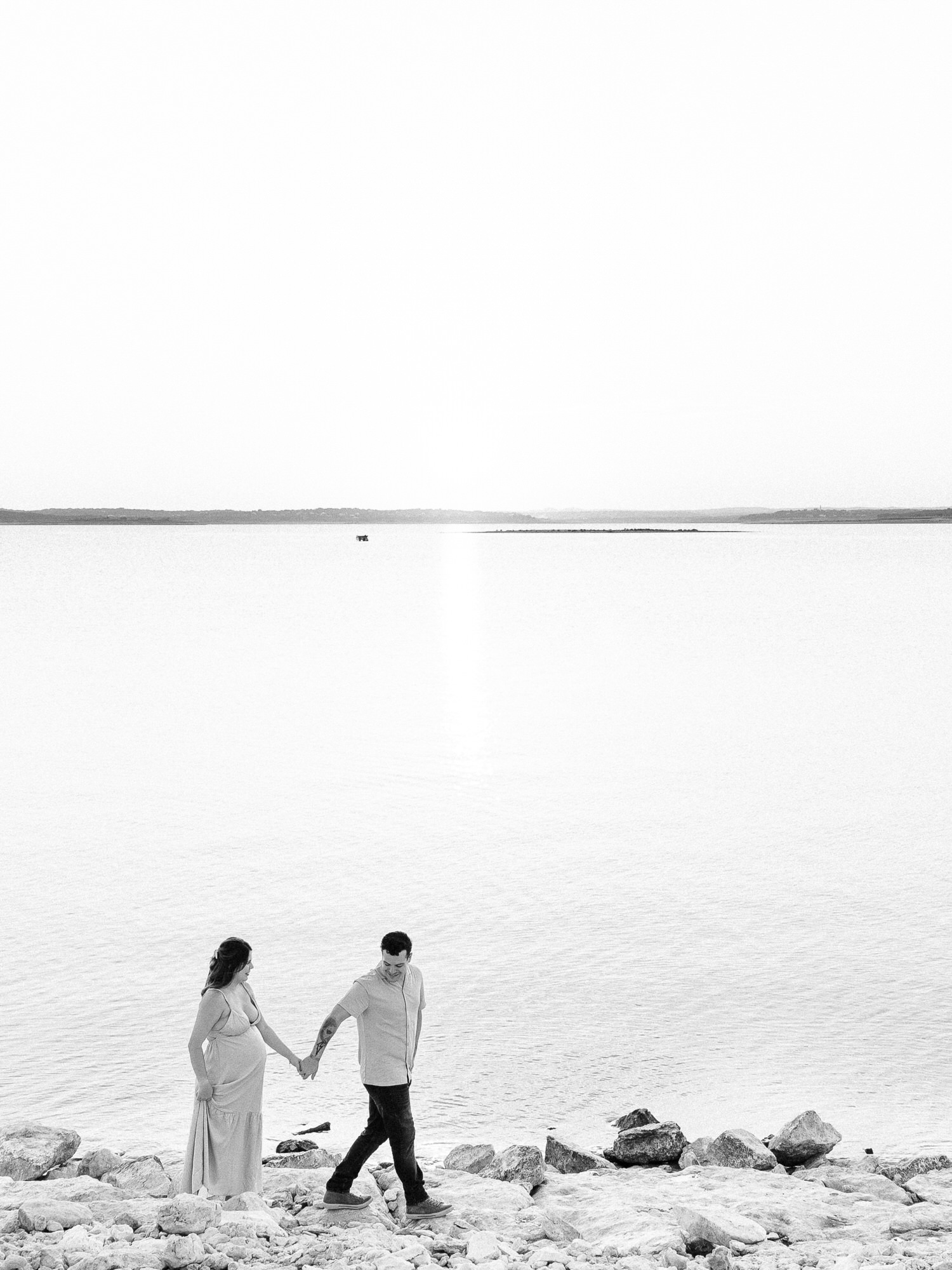
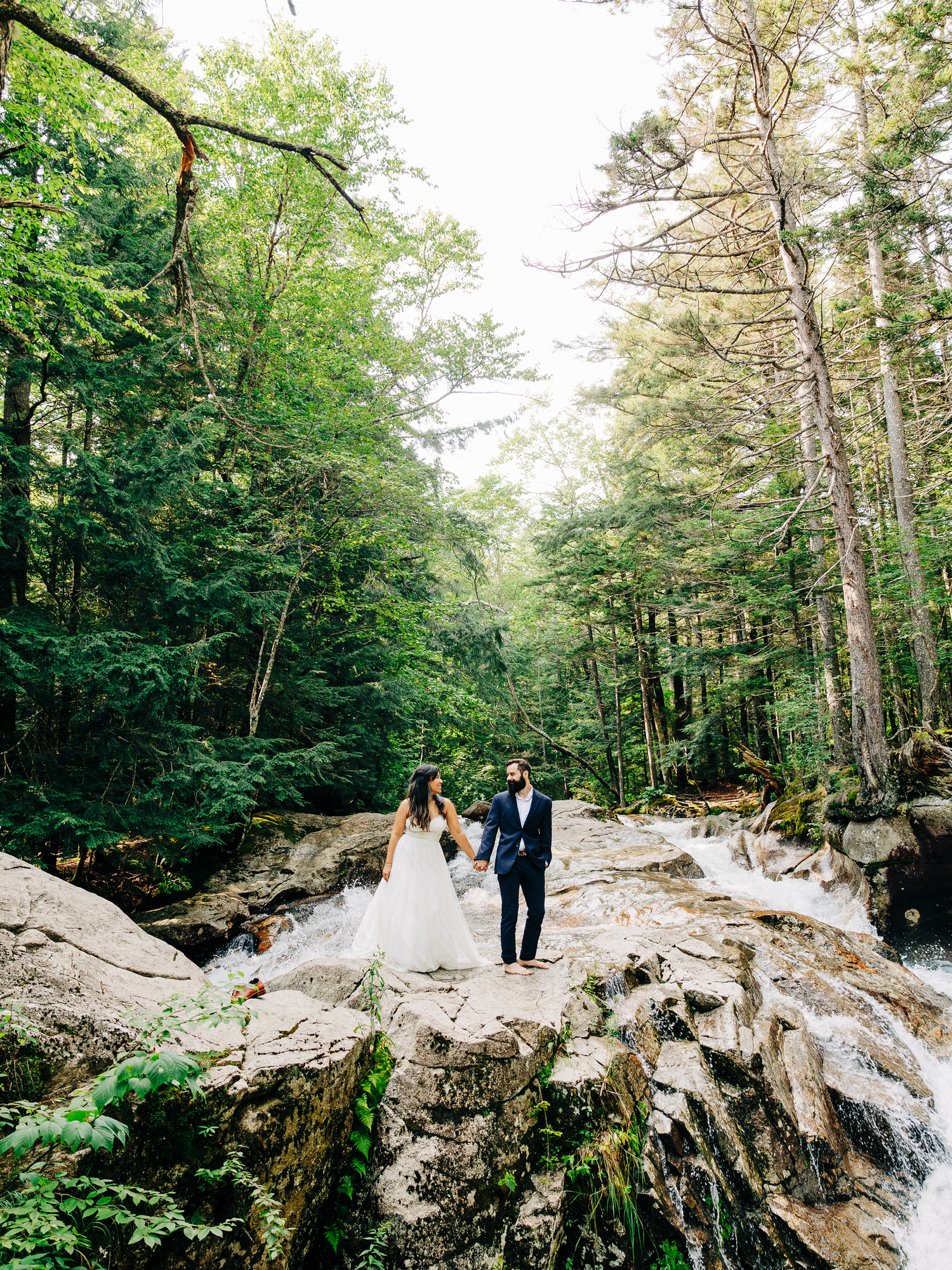
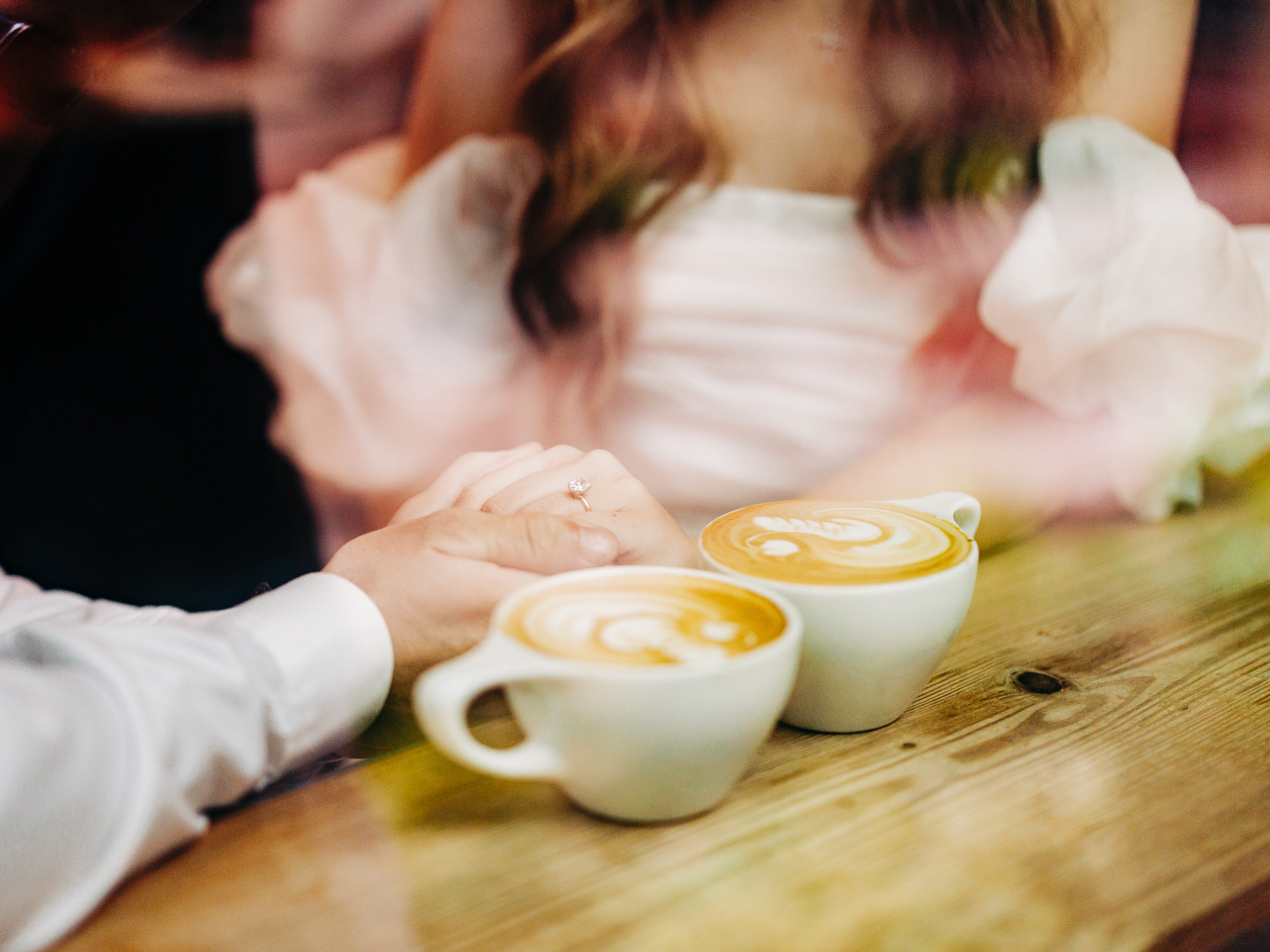
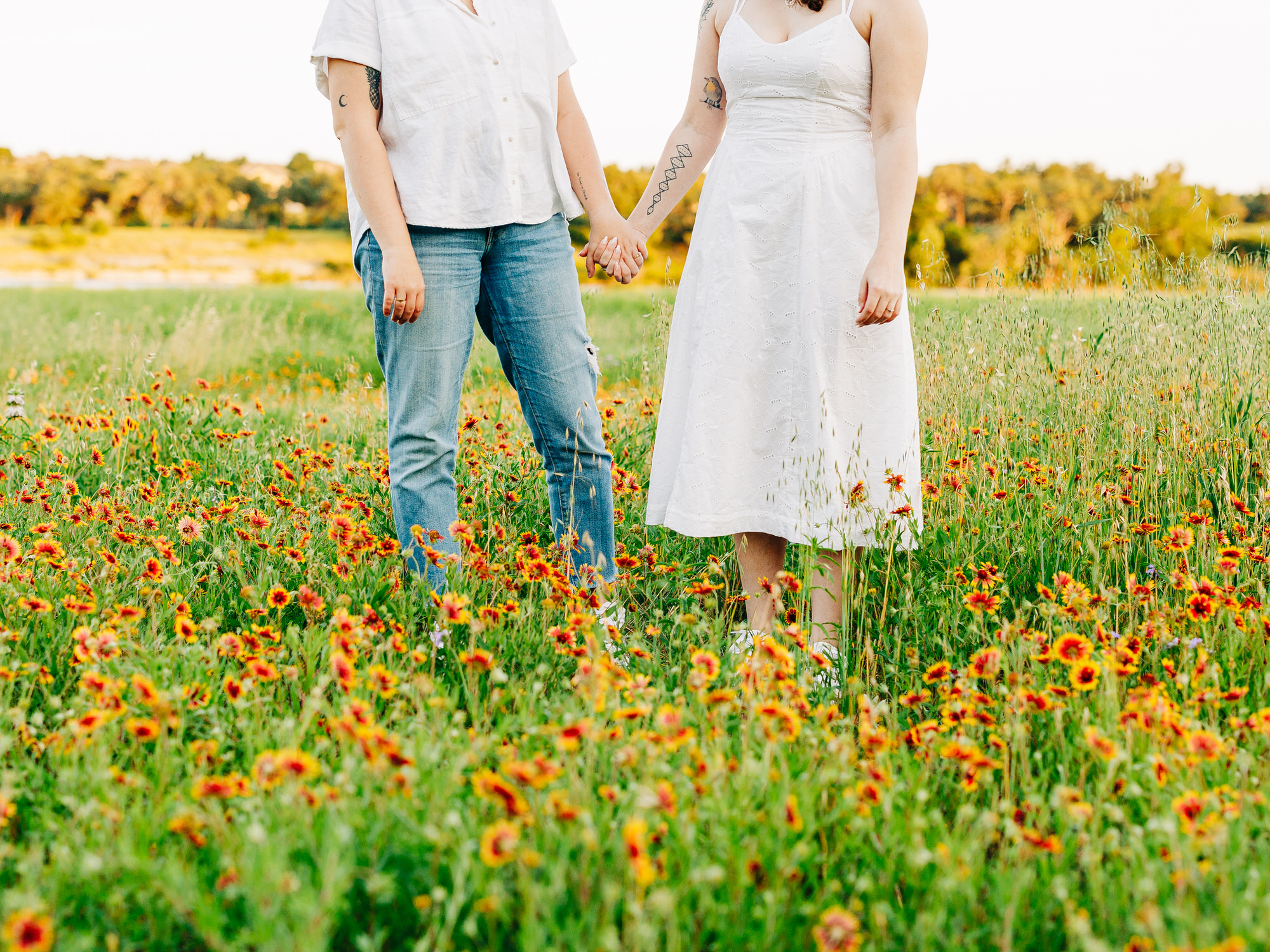

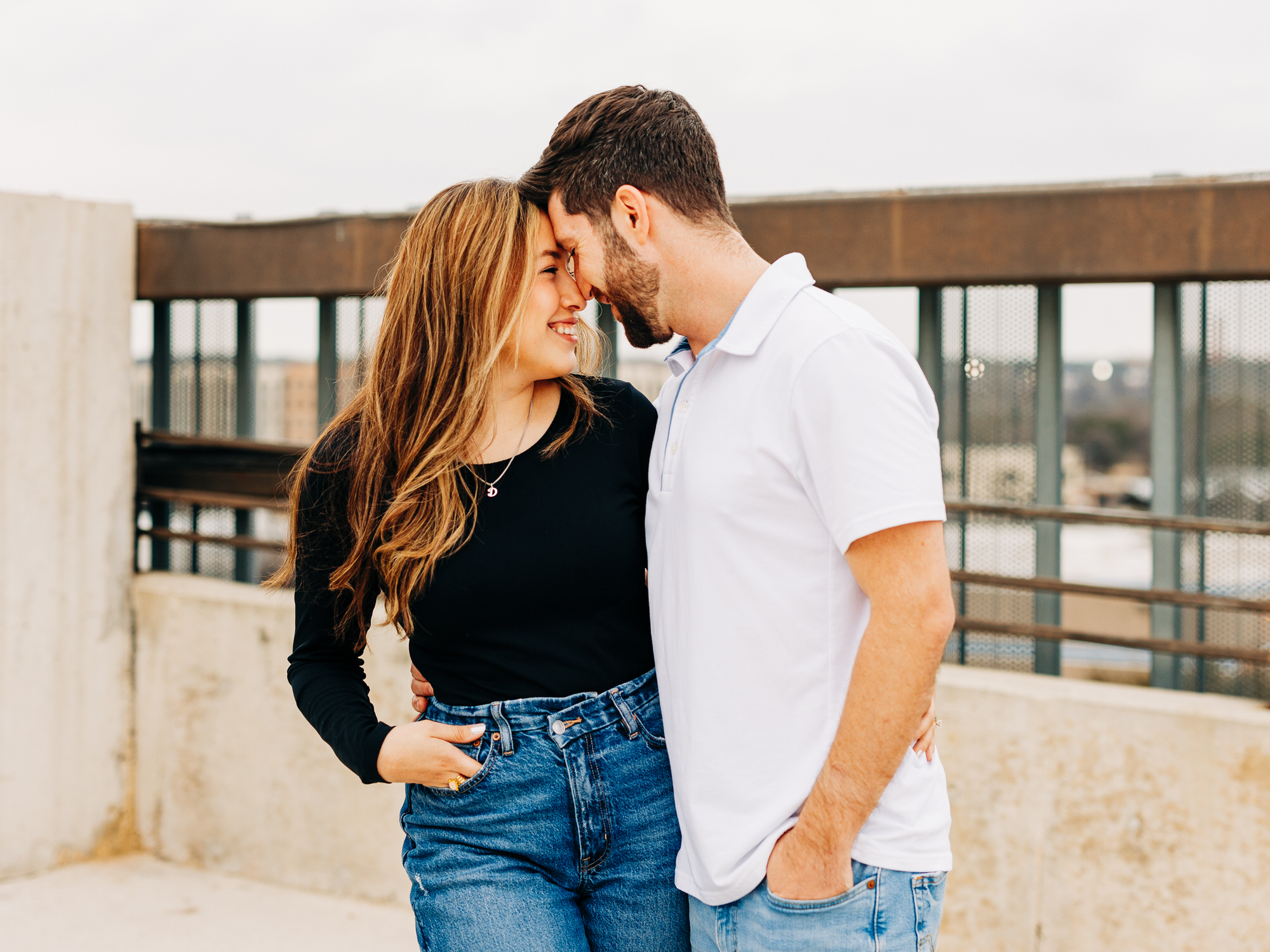
+ COMMENTS
add a comment